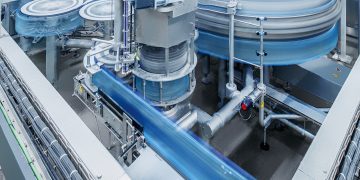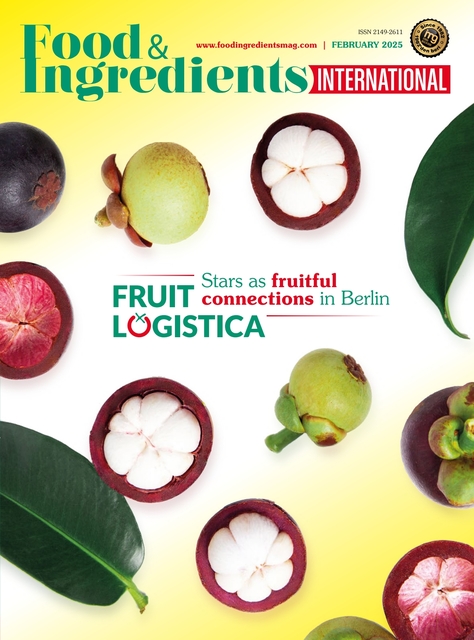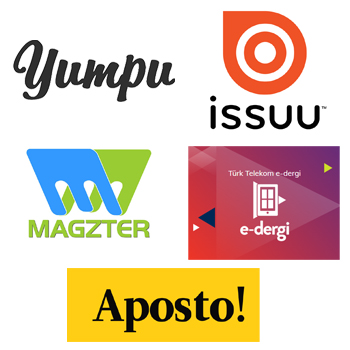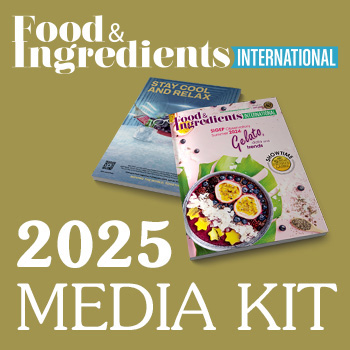The Global Food Security & Sustainability Summit, organised by The Pinnacle Group International, is one of the most important events held to address the critical issues of food security. From a local to a global level, and from an interdisciplinary and systemic food systems perspective, the event devoted attention to the future of nutrition. Topics included food waste, technology innovation, supply chain logistics, and alternative proteins and nutrition.
On 30 June 2022, Euromonitor International participated in a panel discussion titled “Understanding Novel Foods, The Benefits and Risks and What It Means to Move from Animal Food Protein to Plant-Based Protein”. Other panelists included Sophie’s BioNutrients, Let’s Plant Meat (Nithi Foods Co Ltd) and A*STAR (Agency for Science, Technology and Research) Singapore.
The discussion largely questioned why plant[1]based food is still a relatively small market in Asia; sales of meat and seafood substitutes through the retail market were valued at only USD0.2 billion in 2021, when the figure for the rest of the world was USD5.4 billion.
Positioning: Urgent need to move away from comparisons
The concept of plant-based meat is long[1]established across Asia, with “mock meat” dishes already in abundance, as the Buddhist diet has made vegetarian options common. Mr Smith Taweelerdniti of Let’s Plant Meat shared that while plant-based food is positioned to offer more sating, exciting options for consumers beyond traditional choices, the familiarity of “mock meat” and traditional vegetarian dishes remains strong across Asia, thus making meat analogues easily substitutable.
The ascent and maturity of soy drinks consumption in Asia provides insight, with soy drinks widely accepted as a nutritional beverage instead of as a milk alternative. This strong familiarity has anchored demand over many years, opposing the trend seen by the rest of the world. Notably, soy drinks in Asia have held their own amidst the rising popularity of other milk alternatives, such as oat milk and nut milk, as trendy substitutes to dairy. Thus, amidst the rising profile of dairy nutrition over the past decade in the region, soy drinks did not suffer a decline in volume demand.
Motivations
For incumbents, new business models can be a double-edged sword. For the more progressive, connectivity promises access to new revenue streams and consumers through the addition of new services and consumer interactions. In a world of performance metrics heavily based on organic growth, business model innovation is perhaps one of the most welcome tools, and it is even demanded by increasingly influential ‘activist investor’ groups driving a radical pace of change.
For the more reticent, many of the indicators can be interpreted as nothing really changing. Despite evidence to the contrary, many businesses do not sense the degree of change taking place. Take D2C as an example. Although it is a high growth channel of increasing importance, there are few traditional measures able to track it, meaning sales are hidden from managers. The potential for surprises also means that managers have less time to react when problems arise.
Also consider changing performance metrics, as new business models are often no longer measured only in conventional profit and loss methods, but supplemented by (and sometimes surpassed by) system-wide users, subscribers, and measures of earned consumer attention.
The business world is changing, but the nature of this change is both very unevenly distributed and often hidden. The common theme beyond disruption is ‘a new way to reach consumers’, and in turbulent economic times, this ambition is resonating more strongly, and is arguably more critical to success than ever before.
Three take-aways
The impact of new business model development is huge, and will influence everything, from the way businesses react to crises, to legitimizing the right to operate, and even ripping up the rule book on the metrics used to measure evolving operations. In such a varied environment, we highlight three reasons why business model development and evolution is essential.
For incumbents, failure to adapt can mean acquisition, or dissolution into irrelevance. Only 55 companies have remained on the Fortune 500 list continuously since its inception in 1955. Due to a litany of brands that did not adapt their business model to suit the time, the list may look different now, but is by no means different in terms of competition and operating environment. That said, the speed and regularity of shocks does appear to be ratcheting up.
From a business, societal and environmental standpoint, sustainability is reaching a clear inflection point; one where sustainable solutions are becoming the best, most economically viable solutions. Whether you want to talk about waste or cost, saving is saving, and we are approaching a time when sustainability goals and profit-building goals will be indistinguishable. 2022 sees pricing realism for energy and materials, meaning alternative options are diminishing rapidly.
From a customer point of view, this is all about giving them what they want. Immediacy, personalization, system-wide solutions, easy modular and digital upgrades. Consumer expectations are changing, and new business models can facilitate new value acquisition and ward off the shadow of competition potentially coming from any angle, giving the agility to deal with any of the coming crises in a world of crisis.
What is evident across all industries, is that it is better to be the disruptor rather than the disrupted, and this is a clear choice, bringing with it significant implications, with little in the way of a ‘third option’ on the table.
Euromonitor’s take on new business models
Euromonitor’s Home and Technology group of industries has identified three core areas on which to focus strategic content in 2022/2023. These are ‘The Future Home’, ‘Consumer Systems’ and ‘New Business Models’. All three topics are interrelated, and to a large extent interdependent, with the intention that together they form a body of work which views the common theme of disruption through multiple lenses with relevance to a broad group of industries, spanning durables to fmcg and services.
The central theme is one of ‘disruption’, and while this term is sometimes overused to describe what is just ‘innovation’, in this context ‘disruption’ is used in its pure sense. For businesses there is significant disruption underway as the world moves from the analogue to the digital, from the linear to the circular, from mass appeal to personalization, and so on.
















